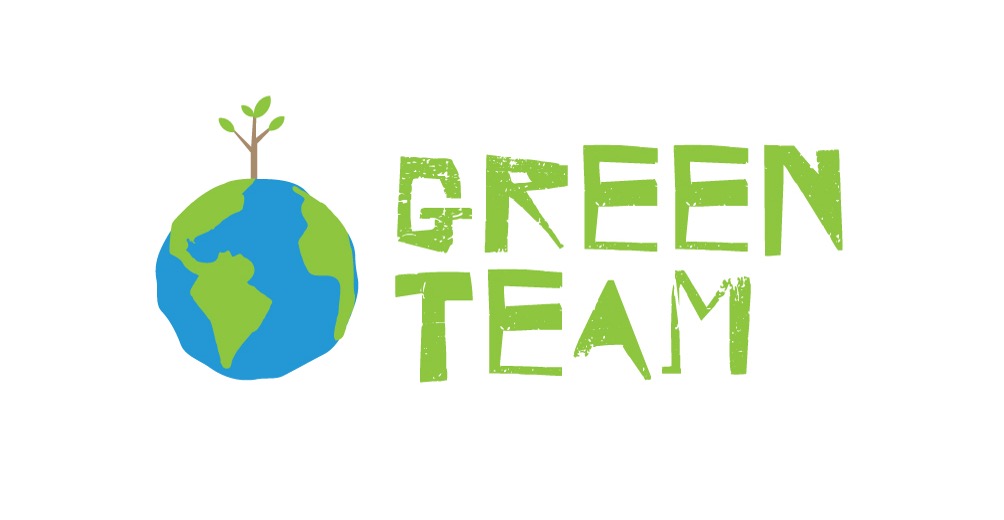What are microplastics and what’s the issue?
Microplastics are little pieces of plastic, less than 5mm in size, that break away from larger pieces and
end up in the environment, especially the oceans, and are ingested by the organisms in that ecosystem. They have been found in all sorts of animals from small invertebrates to large mammals, including our own species.
Some of the types of microplastics found in humans have been linked to lung irritation, dizziness, headaches, asthma and cancer in the past, but we don’t have any empirical studies that show how much you need to be exposed to, and for how long, to cause these conditions.
Albert Rizzo, the American Lung Association’s chief medical officer, compared microplastic ingestion to smoking and how we didn’t know that smoking was causing all sorts of illnesses until we’d been doing long enough to see the connection.
I don’t know about you, but I’d rather be safe than sorry when it comes to microplastic exposure.
How are people solving it?
Thankfully there are dedicated people working on solving the microplastic pollution problem. A few of the technologies being employed at present are:
- A robotic fish that can swim through the water and absorb microscopic plastic fragments as it travels.
- Using silk to replace microplastics in chemicals, cosmetics, paints and detergents.
- ‘The interceptor’ created by The Ocean Cleanup’s Boyan Slat that prevents plastic entering the ocean via rivers.
- And a whole host of other technologies.
What can you do to protect yourself and others from microplastics?
It’s nice to know there are people out there working their hardest to solve the microplastic problem, but what can you do to protect yourself? Here’s a few tips we stole from the internet:
- Buy organic clothes: Instead of polyester which creates microplastics.
- Avoid single use plastics: When you throw them away, they break down into microplastics.
- Buy plastic-free cosmetics: Look out for the word ‘microbeads’ on your cosmetic products as they’re usually made of microplastics.
- Eat less shellfish: bottom-feeding shellfish ingest a lot of microplastics and when you eat them, they carry over to you.
- Don’t microwave your plastics: Plastic containers leach plastics when they’re heated and they make their way into your food.
- Using ‘compostable’ poo bags: Ditch the biodegradable ones which are still plastic and, unsurprisingly, degrade into microplastics.
There are loads of other ways to reduce your microplastic production and exposure but the above changes are a good start and even doing one of them could alleviate some of the impact on yourselves and the environment. 

